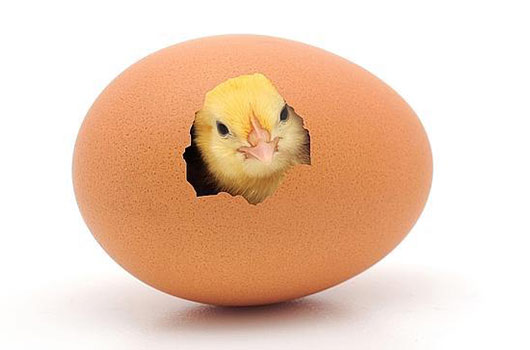The ideal ambient temperature for laying hens is 15~25℃. Its production performance is good in this temperature range. If the house temperature is too high, the chicken must increase the number of breaths to dissipate body heat. As a result, the intake of food decreases, the amount of drinking water increases, and the intake of nutrients is insufficient. It will lead to a decrease in egg production, a smaller egg weight, an increase in egg broken rate, and loss of layer production. In order to maintain high yields for laying hens during the high temperature in summer. The laying hen equipment manufacturers recommend that farmers should strengthen feeding management and adopt effective comprehensive technical measures in light of local climate conditions.

Reduce the temperature of the chicken house and provide a suitable production environment. Suitable environmental temperature is one of the important conditions for high production of laying hens in summer. Generally, the following measures are taken to prevent heatstroke and cool down the effect:
(1) Plant trees or vines on the sunny side of the chicken house. Every spring, set up a pergola on the sunny side of the chicken battery cages, planting trees or plants such as loofah, grapes, winter gourd, etc., which can reduce radiant heat by more than 50%, and can also purify the air and reduce dust.
(2) Strengthen ventilation. Open doors and windows to increase the amount of air exchange. Ventilation equipment such as ceiling fans and exhaust fans can be used when the high temperature continues to promote heat dissipation from the chicken body and reduce the content of harmful gases in the air in the house.
(3) Spray water to cool down. In the continuous hot and sultry weather, spraying water on the chicken body or the roof of the chicken house intermittently can reduce the house temperature by 4 to 8°C.
(4) The water curtain cools down. You can also set a water curtain at the air inlet of the chicken house to cool the outside hot air before entering the chicken house. The general use time is from 10 am to 5 pm, which can reduce the house temperature by 3 to 6°C.

Strengthen feeding management
(1) Supply clean drinking water. In the hot season, the water intake of the laying hens is 5 times the feed intake. Therefore, it is necessary to ensure that each chicken can drink clean and cold water.
(2) Reduce the stocking density. In summer, when the flock density is too high, the temperature in the house will be higher, and the flocks are prone to pecking and heat exhaustion. Therefore, it is necessary to formulate a reasonable stocking density according to the actual situation.
(3) Reduce stress. Try not to change the feed as much as possible, without mildew and rancid feed. Fixed feeding management operating procedures, in terms of feeding, drinking, cleaning, disinfection, etc. It should be carried out regularly according to the procedures, and noise should be avoided during the operation. The adjustment of the flock should be carried out at night to prevent the chickens from being disturbed.
The above is the method of sharing high-yield chickens in poultry layer cages in summer. I hope that farmers can make full use of the above methods to better raise chickens and make chickens produce more eggs.
